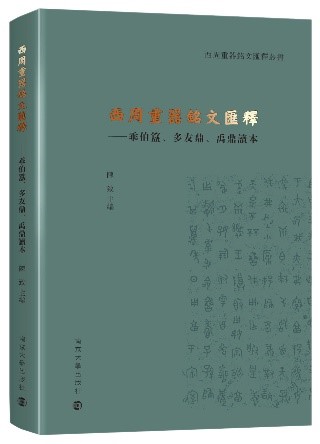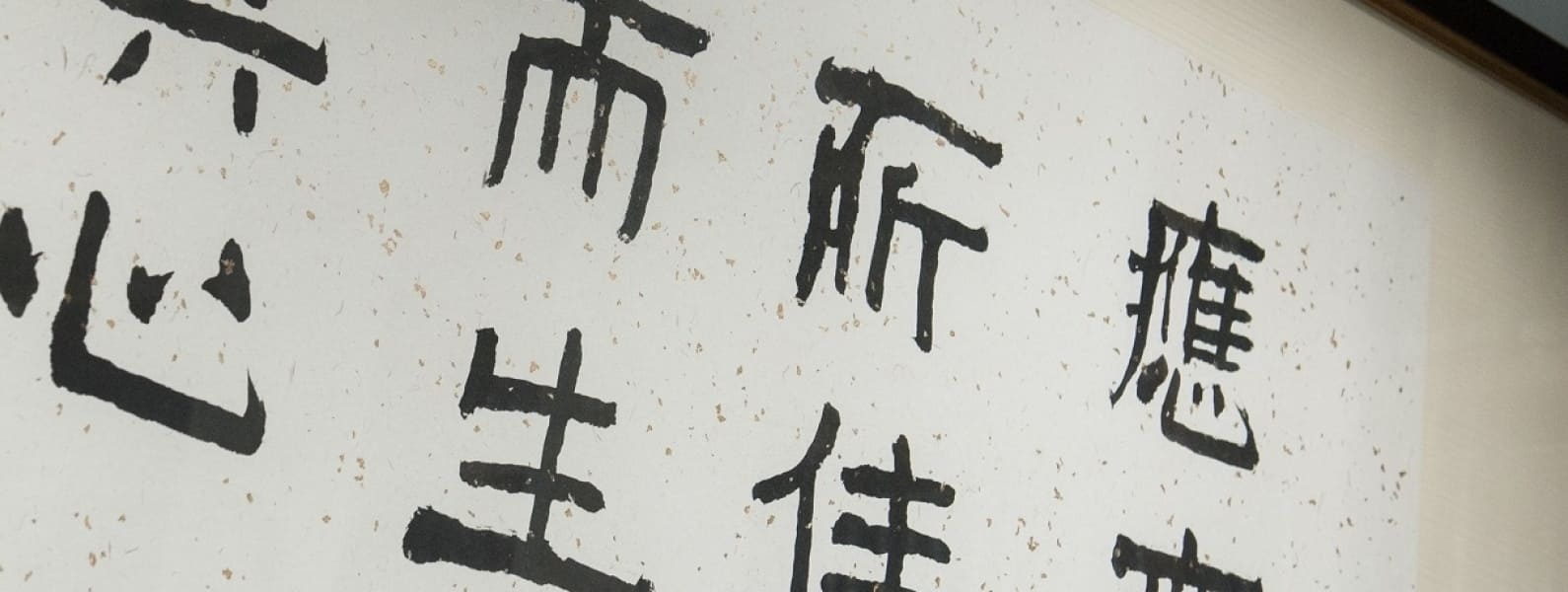Book Series on Interpretation of Important Bronze Inscriptions of the Western Zhou


The Book Series on Interpretation of Important Bronze Inscriptions of the Western Zhou has Professor Chen Zhi as its Editor-in-Chief and Professor Huang Ren-erh of Eastern China Normal University as its Deputy Editor. The series will be published by the Nanjing University Publishing House and comprise ten or more monographs. Its aim is comprehensively to compile, record, interpret, and collate critical views—whether ancient or modern, or emanating from China or overseas—relevant to research results pertinent to inscriptions on selected Western Zhou ‘important bronze vessels’. Not only will it furnish a rich reservoir of relevant material for interested readers, but it will also provide suitable conditions for initiating the subsequent research of scholars in the field. On this foundation, those assembling the interpretation will build additional discussion, extensively mining the abundant information conveyed by these inscriptions, thus further promoting the development of research on Western Zhou dynasty bronzes.
In 2024, the first volume of The Book Series on Interpretation of Important Bronze Inscriptions of the Western Zhou will be published and will include ‘Essay on the gui vessel of Guaibo’, ‘Essay on the ding vessel of Duoyou’, and ‘Essay on the ding vessel of Yu’.
‘Essay on the gui vessel of Guaibo’
Through lucid explanation of complex content, this essay comprehensively researches the bronze vessel of the Western Zhou dynasty known as the ‘gui of Guaibo’. It is divided into three parts: multilingual interlineal translation of interpretation of the inscription on the vessel itself, assembled exegesis of the inscription, and topic-based discussion. The assembled exegesis comprises fourteen items that touch on personal names that include Yigong, Mei’ao, Guaibo, and Wuguai Jiwang, as well as the phrase ‘excellent ancestral temple, excellent friends and acquaintances’. In his discussion of research topics, the author makes wide-ranging citation, and according to the information furnished by decorative pattern, calligraphic form, personages involved, and years recorded, suggests that the vessel belongs to the epoch of Yi, the ruler of Zhou. In addition, taking the appellation ‘Wuguai Jiwang’ as a point of entry, a detailed exploration is carried out of the foreign policy of the Western Zhou dynasty to ‘let barbarian quell barbarian’. Also, synthesizing the fruits recent archaeology, via regional variations in the production of bronze vessels of vassal states, the political and economic policies of the Western Zhou government are investigated. In conjunction with this, appendices include detailed information on records of the gui of Guaibo as reference material.


‘Essay on the ding vessel of Duoyou’
This essay combs out the principal detailed strands of previous research on the ding vessel of Duoyou, including substantive investigation of the inscription found on it. The essay is divided into three main sections: the inscription as it pertains to ‘official’ li calligraphic forms, assembled explanation of the inscription itself, and related discussion. Regarding the inscription, photographs, rubbings, and copies are provided, together with interpretation comprising transcription into modern Chinese and English translation. The section containing assembled explanation breaks the more than 270 characters of the inscription into forty lexical items and makes an exegesis of each in turn in tandem with copious citation as supporting evidence and expression of the author’s own opinions, making for content that is abundant in detail and veracity. Discussion of specific topics touches on three important themes: the first is a retrospective summary of issues pertaining to dating the Duoyou ding and an indication is made that the vessel belongs to the epoch of Li, the ruler of Zhou; the second investigates the character 追 (zhui) that occurs frequently in the inscription and is often encountered in inscriptions on Western Zhou dynasty vessels pertaining to punitive military expeditions, and it takes into account transmitted and excavated documents; the third explores the phenomenon of omission of the subject of sentences in the textual flow of the inscription on the Duoyou ding and how this highlights habits of language usage in ancient Chinese. The appendices provide thirteen exegetical essays of the text on the Duoyou ding representing each school of thought, furnishing the reader with additional reference material.
‘Essay on the ding vessel of Yu’
The ding vessel of Yu was excavated in the 1940s in the Renjia Village of the Famen Temple. The inscription on it is identical to that found on the ding vessel of Yu in the Song dynasty text Xuanhe bogu tulu (The Xuanhe era illustrated record of a wide range of ancient artifacts). It narrates the exemplary achievements, under the command of Wugong (an important minister of the late Western Zhou), of an individual named ‘Yu’ of the Jing-surnamed ethnicity in a campaign against the state of ‘E’, the capture of an E noble called Yufang, and the gifts and promotion Yu received from Wugong in recognition of his success. The physical form of the Yu ding and the decorative patterns on it are typical of the late Western Zhou style, while its lengthy inscription, like those on the Duoyou ding and the Ehou Yufang ding, records campaigns of defence and counterattack against the state of E. The individuals mentioned can be connected to those in other inscriptions and a corpus of artifacts thus assembled with Wugong and Yu as their focus that tells of important political personages in the late Western Zhou and relationships between clans. In this way, chronological decisions can be made regarding the bronze artifacts themselves, the people mentioned, and the events narrated. The war with Ehou can, moreover, be linked to recent discoveries of tombs of the state of E. Owing to the wealth of information carried by the inscription on the Yu ding, it has become one of the most important bronze artifacts for study of the history of the late Western Zhou dynasty.
